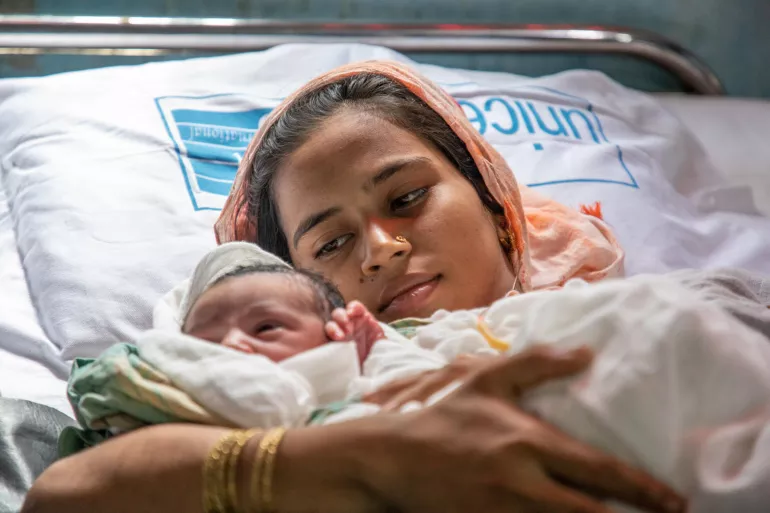Aid Reductions
LONDON: The United Nations has raised alarm over the impact of cuts to aid budgets, warning that these reductions could undo years of progress in decreasing maternal deaths worldwide.
The latest report from UN agencies, including the World Health Organization (WHO), highlights a troubling trend: a 40% reduction in maternal deaths globally between 2000 and 2023, largely attributed to improved access to essential healthcare services. However, this progress is now at risk of reversal due to significant aid cuts.
The WHO, in a statement accompanying the report, emphasized that the decline in funding could lead to an increase in maternal deaths, especially as vital services for maternal, newborn, and child health are already being rolled back.
While the report did not specify exact cuts, it pointed to recent actions by the United States, such as the freeze on foreign aid and the cessation of funding through the United States Agency for International Development (USAID) for various health programs. Other donor nations, including the UK, have also announced reductions in their aid budgets, exacerbating the situation.
Dr. Bruce Aylward, Assistant Director-General of Universal Health Coverage at the WHO, warned that these funding cuts could not only reverse the progress made over the past two decades but also lead to a “structural, deep-seated effect” on global health systems.
The cuts are already causing disruptions, including staff shortages, the closure of healthcare facilities, and interruptions in the supply of critical medications for conditions such as hemorrhage and pre-eclampsia.
The WHO report also noted that the reductions in aid to other areas, such as malaria and HIV treatment, will further negatively impact maternal survival rates.
Despite the improvements of the past two decades, the global maternal mortality rate has slowed since 2016, and in 2023, approximately 260,000 women still died from preventable pregnancy-related complications, a tragedy that continues to claim a woman’s life every two minutes.
The situation is particularly dire in conflict-affected regions or countries experiencing natural disasters. Notably, the United States is one of only four nations to have seen a significant rise in its maternal mortality rate since 2000, alongside Venezuela, the Dominican Republic, and Jamaica.
The WHO report also highlighted the exacerbating effect of the COVID-19 pandemic, which caused an additional 40,000 maternal deaths in 2021 alone, increasing the total number of maternal deaths that year to 322,000.
Despite these setbacks, the WHO’s Director-General, Tedros Adhanom Ghebreyesus, expressed cautious optimism, stating that while there are still “glimmers of hope,” the report underscores the persistent dangers that pregnancy poses in many parts of the world, despite the availability of effective solutions to prevent these deaths.










